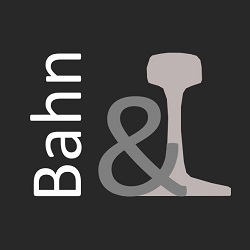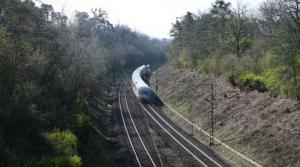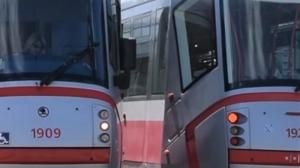Function of ETCS
The function of ETCS, unifies all train control system on the European rail network. It replaces conventional country-specific train control systems, but it offers more than that. It is upward and downward compatible, in other words, an ETCS-equipped train can accept and process signals from several train protection systems.
Above all, the different levels, i.e. different technical states, shape the railroad world to an enormous extent. Incidentally, the mode of operation of the respective levels varies widely. The entire range of railroad technology is represented, from driving on sight to driving at a braking distance. The function of ETCS is therefore the central train control technology in Europe and overseas. All the relevant processes are considered in this explanatory video.

 Bahntechnik und Bahnbetrieb
Bahntechnik und Bahnbetrieb
